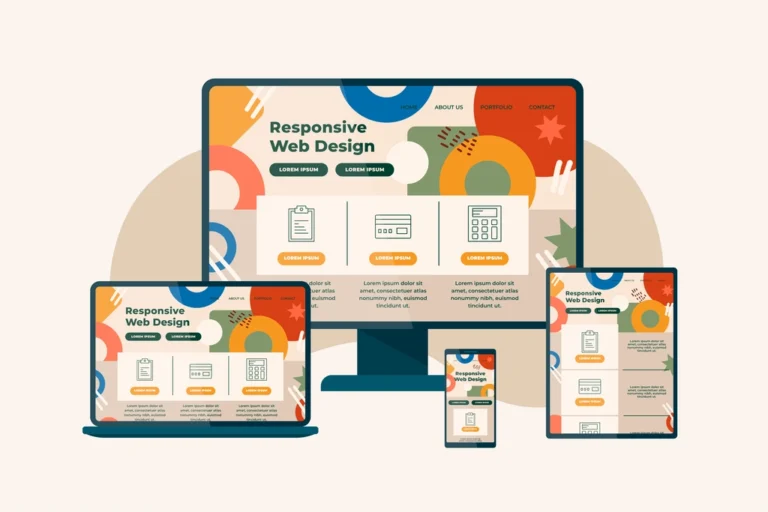
In today’s multi-device world, responsive design is a crucial aspect of UI/UX design. It ensures that websites and applications provide an optimal viewing experience across a variety of devices, from desktops to smartphones.
Responsive design is an approach to web design that makes web pages render well on a variety of devices and window or screen sizes. It employs flexible grids, layouts, images, and CSS media queries to adapt to different screen sizes.
Responsive design is essential for modern UI/UX design, ensuring that websites and applications provide a seamless experience across all devices. By adhering to responsive design principles, designers can create adaptable and user-friendly interfaces. This approach not only enhances usability but also future-proofs the design, allowing it to remain effective as new devices and technologies emerge. Furthermore, responsive design is cost-effective, reducing the need for multiple site versions and simplifying maintenance.

Driven by Technology to the Digital Future
